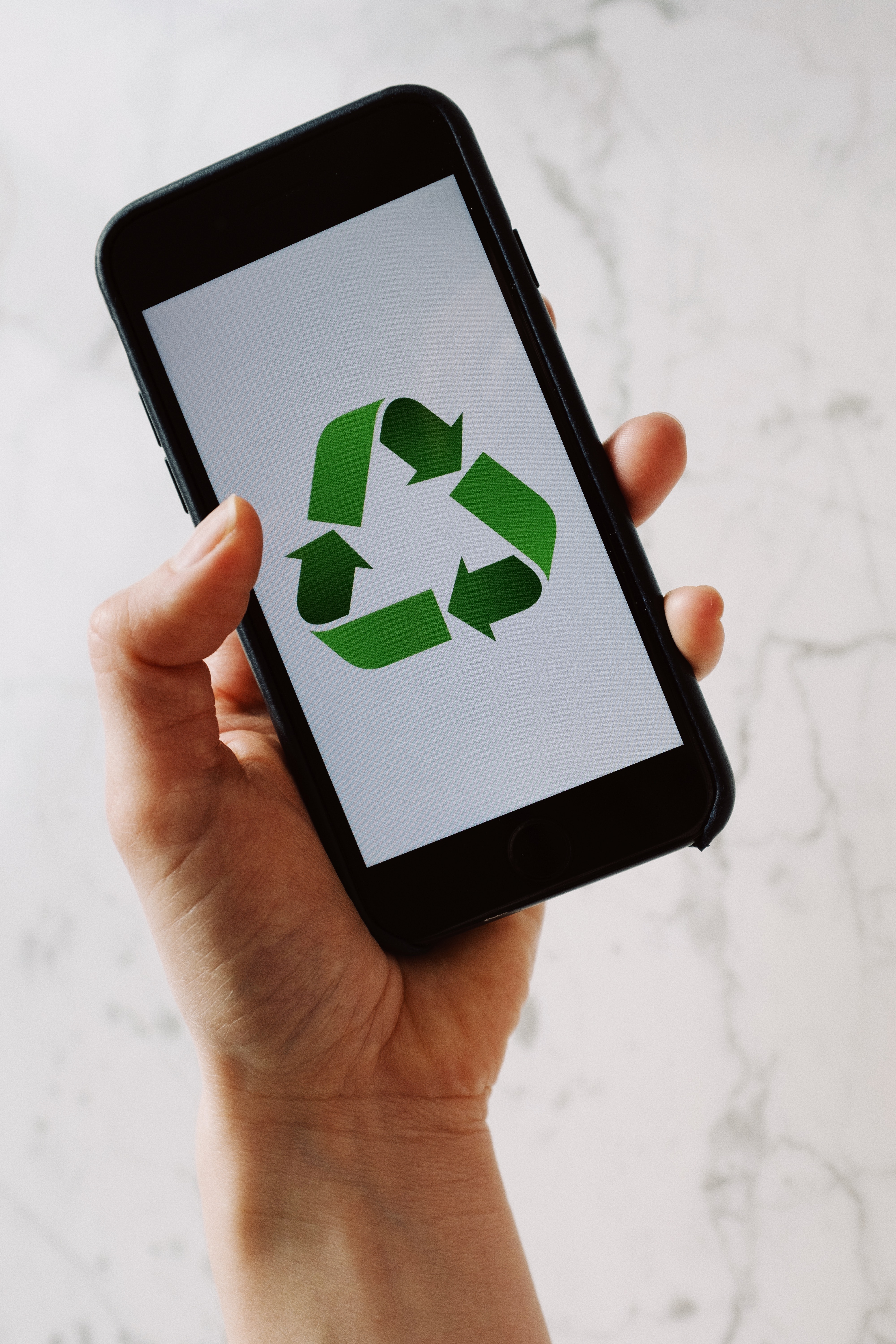Thank you! Someone from our sales team will be in touch to schedule a demo shortly.

Since the pandemic, the upward trend in ecommerce has only gotten steeper; online shopping is already about 30% higher than pre-COVID levels, and holding steady. Customers are realizing they do not need to leave their home to buy what they need, and that they have many more options when choosing where to spend their retail dollars online.
Many customers are also putting their values first when deciding where to make their purchases by prioritizing sustainability. 61% of shoppers in the United States say it’s an important consideration when they make purchases.
So what can brands do to showcase their values to help them win over more customers?
Share your brand story transparently
Make it clear that sustainability isn’t just a buzzword; it’s part of your brand’s DNA. Your brand should produce content that showcases how you weave sustainability and corporate social responsibility into your daily practices.
For a great example of this approach, look at the apparel company Everlane, which focuses on “radical transparency.” They share specific details of all the factories they source goods from in a spreadsheet, with data including certifications and other compliance details. They also share photos from their factories, highlight their sustainability goals, and showcase where they are at in meeting their benchmark targets.
All of this transparency and commitment to living their values makes Everlane a brand that conscious consumers can feel good about supporting – and if your brand takes a similar approach, you’re likely to see it pay off in dividends.
Make giving back a part of your pledge
Customers feel good supporting brands that are committed to giving back. If they’re going to purchase a product, they want to feel like they’re having a positive impact on the environment or on social justice issues.
The shoe company Tom’s, for instance, showcases in its impact statement that it donates ⅓ of profits to causes that drive sustainable change, working with more than two dozen grassroots partners that provide support with mental health, LGBTIQA+ issues, gun violence, anti-poverty efforts, and other important programs.
To promote your commitment to giving back, your brand should share an impact statement that discusses the types of causes you fund and why, with detailed data on where you’ve distributed your profits to date.
Reduce your carbon footprint
Brands committed to sustainability need to look at their entire scope of production and shipping to find ways to mitigate their carbon footprint. For instance, you might switch to low-impact materials in the production of your goods or identify sustainable packaging materials that you can use to ship your products in.
When uncovering opportunities to lower your brand’s carbon emissions, don’t forget about returns, an inevitable part of the buying cycle for as many as 30% of consumers. Every year, six billion pounds of returned products and packaging end up in landfills, so it’s important to weigh up whether or not it actually makes sense to ask your customers to return their products.
The right partner can make your sustainability goals more attainable
While articulating your brand’s sustainability story or committing a certain % of net sales to a cause that's close to you may seem achievable, reducing your carbon footprint can leave brands wondering where to start. Making decisions about whether or not a customer should mail back a return on a case-by-case basis seems complex and time consuming. Fortunately, there’s an easier way.
Loop is an automated exchange-first returns platform that makes it simple for brands to set conditional rules that determine what a customer should do with a product they don’t want to keep.
Using Loop’s Workflows tool, you can create streamlined “if this, then that” policies that empower customers to complete a return or exchange through self-service. Customers can answer a series of multiple choice questions, and based on their responses and the item category, you’ll be able to automatically find the most sustainable course of action for processing their return.
By integrating Workflows, you can provide additional options including:
Donating the product
For example, the bedding company Brooklinen donates unsellable returns to charities that support the homeless. When a customer requests a return or exchange, the company identifies products that can’t be resold and prints a shipping label directly to donation centers, where they’ll be put to use rather than sent to a landfill.
Keeping the product
If it’s not sustainably sound or economically feasible to return a product, your brand can offer customers the option to keep it free of charge, even after the refund is processed. For example, the intimate apparel brand Knix has set up Workflows to automatically determine when a customer should “keep item” based on whether it’s been removed from its packaging or below a certain price threshold. That way, they’re only accepting returns for items that are re-sellable and meet their dollar value criteria, which has helped reduce their environmental footprint.
“Our customers have responded so positively. Returns are processed in real-time and do not need to be manually reviewed thanks to the automation of workflows,” says Sarah King, Customer Empowerment Operations Manager at Knix.
Don’t neglect customer experience
While its true that in today’s competitive ecommerce world, customers are looking for brands that support their values, this hasn’t replaced or superseded their desire for a best-in-class customer experience
By using technology like Loop to automate and optimize your returns management process, you’ll be able to give customers a delightful and simple returns experience while reducing the manual load on your customer support team, and simultaneously unlocking new opportunities to support environmental initiatives and reduce your brand’s carbon footprint. Its an ecommerce win-win!
Building a great brand that customers will trust isn’t just about having great products – it’s about building a great experience for them, too. With the right technology in place to support you, you’ll empower your customers to feel confident through every point of the customer journey.